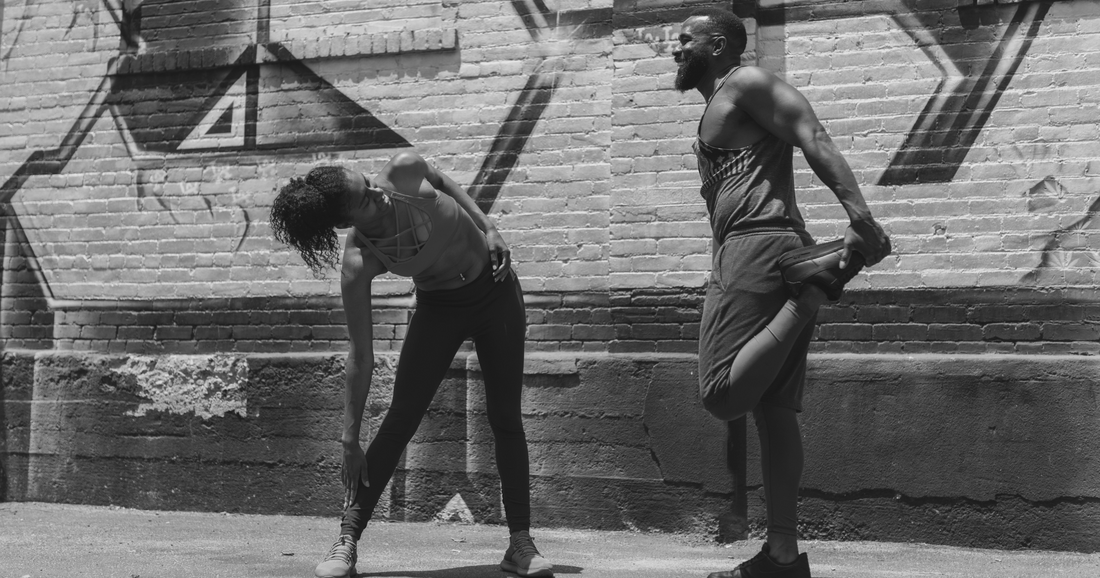
Don't Skip the Cooldown: Why It's Key for Gains & Less Pain
Share
In the fast-paced world of fitness, most people focus on what happens during the workout—the sets, the reps, the sweat. But there’s one important part that often gets overlooked: the cooldown.
Think of your workout like a battle. You charge in, give it your all, and push yourself hard. But what happens after the fight is just as important. That’s where the cooldown comes in.
At Built by Battle, we believe that what you do after your workout matters just as much as what you do during it. In this post, we’ll explain why cooldowns are so important, how they help your body recover, and simple strategies to make the most of those final minutes.
What Is a Cooldown?
A cooldown is a short period at the end of your workout designed to help your body slowly return to its resting state. It typically includes light movement, stretching, and deep breathing.
Instead of going from full speed to a complete stop, you ease your body out of high-intensity mode. This helps you recover better and feel stronger tomorrow.
Why Cooldowns Matter
Let’s break down the top reasons you should always include a cooldown in your workout routine.
1. Gradual Transition for Your Heart
When you exercise, your heart rate and breathing increase. If you stop suddenly, it can cause dizziness, lightheadedness, or even fainting. A proper cooldown helps your heart rate return to normal slowly and safely.
This gentle shift gives your cardiovascular system time to adjust. You’ll feel better, faster—and avoid the crash that sometimes follows intense activity.
2. Less Muscle Soreness
Nobody loves waking up sore and stiff the day after a workout. Cooldowns help reduce that feeling.
How? They promote better blood flow to your muscles. This helps remove waste products like lactic acid, which build up during exercise and cause soreness.
You’re still going to feel your workout—but with a cooldown, it won’t hit as hard.
3. Better Flexibility
Your muscles are warm and pliable after exercise. That’s the perfect time to stretch.
Static stretches—where you hold a stretch for 30–60 seconds—can help improve your flexibility over time. Greater flexibility means better mobility, fewer injuries, and smoother movement during your workouts.
4. Injury Prevention
Stopping cold after a workout can lead to tight muscles, joint stiffness, or pulled muscles.
Cooldowns reduce the risk of injury by helping your muscles relax and your joints stay loose. It’s like putting your body into a safe resting mode instead of slamming on the brakes.
5. Boosted Performance
Want to train harder, more often, and with less downtime? Cooldowns can help.
By helping your body recover properly between sessions, you’ll come back stronger and more prepared for the next challenge. Consistent recovery means consistent gains.
What Does an Ideal Cooldown Look Like?
The good news? You don’t need to spend forever on it. A good cooldown takes just 5 to 10 minutes.
Here’s a simple, effective cooldown routine anyone can follow:
1. Light Cardio (2–3 minutes)
Gradually reduce your activity level.
- After a run? Walk at a slow pace.
- After cycling? Spin slowly for a few minutes.
This helps bring your heart rate down without a sudden stop.
2. Static Stretching (3–5 minutes)
Hold each stretch for 30–60 seconds. Focus on the muscles you used most.
- After leg day? Stretch your quads, hamstrings, glutes, and calves.
- After upper body work? Stretch your chest, shoulders, and arms.
Take your time and breathe deeply. Stretching should feel good—not painful.
3. Deep Breathing (1–2 minutes)
Lie down or sit comfortably. Inhale deeply through your nose, hold for a few seconds, and exhale slowly through your mouth.
This relaxes your nervous system, reduces stress, and helps your body enter recovery mode.
Cooldown Ideas to Keep Things Fresh
Cooldowns don’t have to be boring or repetitive. There are many ways to finish your workout strong. Here are a few ideas you can try:
Dynamic Stretching
Add movement to your stretches.
- Arm circles
- Torso twists
- Leg swings
These help loosen up your muscles and joints while keeping your body active.
Yoga Flow
Try a quick yoga flow to end your session. Poses like downward dog, child’s pose, and cat-cow can help stretch key areas and calm your mind.
Bonus: Yoga improves both flexibility and balance, which helps with performance and injury prevention.
Foam Rolling
Use a foam roller to gently massage tight muscles.
- Roll out your quads, hamstrings, calves, or back.
- Focus on sore or tense areas.
Foam rolling increases blood flow and helps release muscle tension, making it a great cooldown option.
Tips for Making Cooldowns a Habit
Here are some tips to make sure you never skip your cooldown again:
1. Find What You Enjoy
Cooldowns shouldn’t feel like a chore. Try different techniques until you find one that works for you. Some people love foam rolling. Others prefer stretching to relaxing music. Do what feels right.
2. Change It Up
Just like your workouts, your cooldown routine can get stale. Switch it up every few weeks to stay motivated.
Try new stretches, yoga routines, or guided breathing apps to keep things interesting.
3. Listen to Your Body
Every day is different. Some days, your body might need a full stretch session. Other days, it might just need a few minutes of gentle breathing.
Don’t force a cooldown. Adjust based on how you feel.
Cooldown Mistakes to Avoid
Let’s clear up a few common cooldown mistakes:
❌ Skipping it entirely
Even 3–5 minutes is better than nothing. Make it part of your workout routine, not an optional add-on.
❌ Rushing through it
Stretching too quickly or skipping deep breathing can reduce the benefits. Slow down. Let your body ease out of workout mode.
❌ Doing the wrong type of stretching
Static stretches are best after a workout. Save dynamic movements for your warm-up.
Final Thoughts: Make Cooldowns Non-Negotiable
Your workout doesn’t end when the last rep is done. The cooldown is the final stage of your training, and it plays a key role in helping your body recover, rebuild, and return stronger.
Skipping your cooldown might not seem like a big deal—but over time, it can lead to increased soreness, reduced performance, and even injuries.
When you take just a few extra minutes to cool down, you’re showing up for your future self. You’re building a body that’s not just strong—but resilient, flexible, and ready for anything.
At Built by Battle, we’re all about long-term growth—not just quick wins. Make cooldowns a permanent part of your training plan.
Want more training tips, recovery advice, and fitness motivation? Follow us on Instagram and sign up for our newsletter to stay battle-ready, every day.
